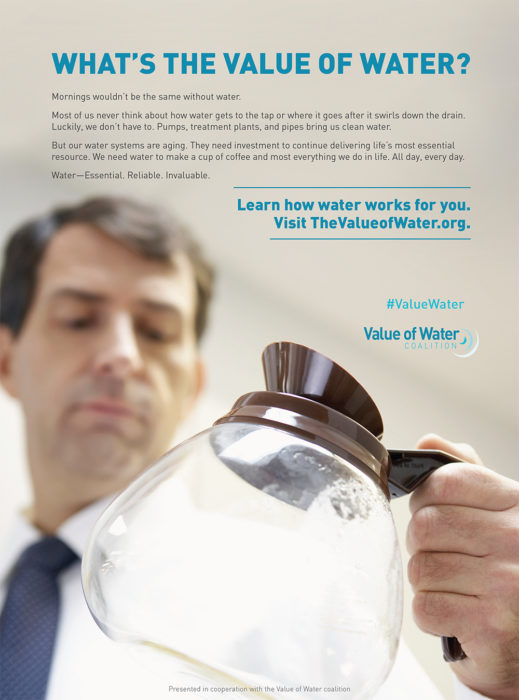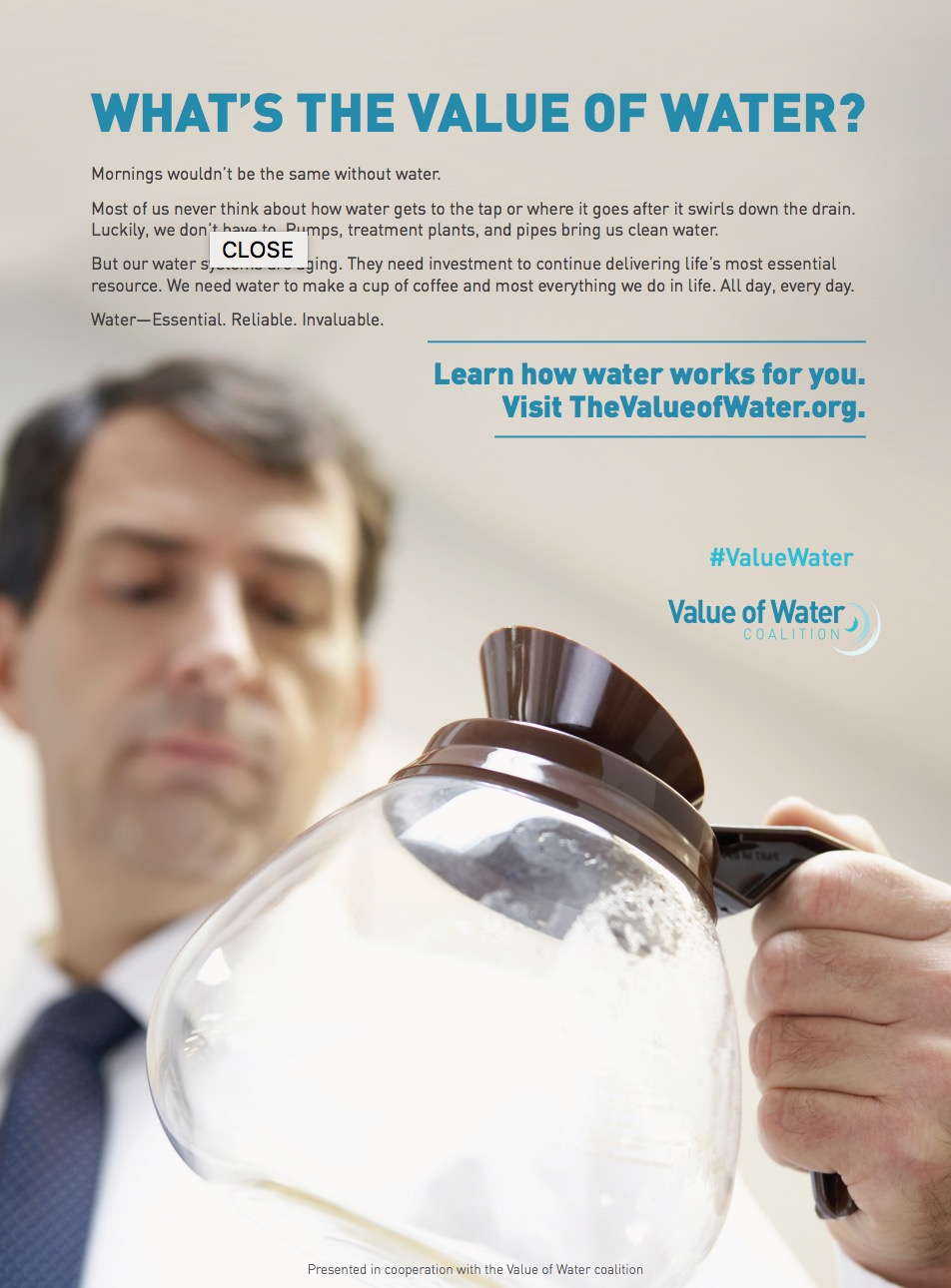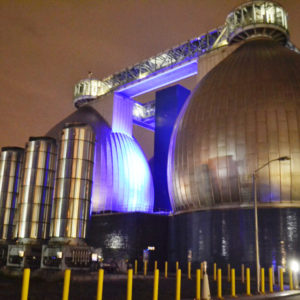
“We’re seeing, over the course of my career, the last 30-plus years, a significant improvement in the public’s understanding of the state of our infrastructure. Does it accelerate that understanding when we have some significant, real and perceived, failures of systems? I think it does. It’s unfortunate that that has to occur to help educate, but when that does happen we’re offered a unique opportunity to expand on the work that’s done…My opinion is continued education and communication on the importance and value of infrastructure is critically important, and we can do that by engaging more people in the infrastructure discussion.”
View this complete post...
Tags: #TimeToBuild, Anthony B. Bouchard, CDM Smith, CDM Smith Inc., Engineering, Infrastructure Week, Tony Bouchard, Water
Posted in
Aging Infrastructure, Competitiveness, Drinking Water, Funding, Guests on The Infra Blog, Private Investment, Technology, The Infra Blog, Wastewater, Water Treatment
Comments Off on Guest on The Infra Blog: Anthony B. Bouchard, PE, North America Unit President, CDM Smith























 RSS Feed
RSS Feed